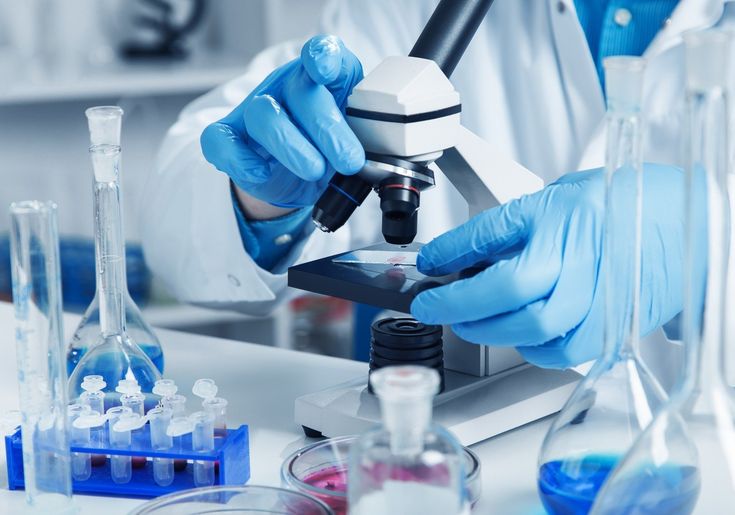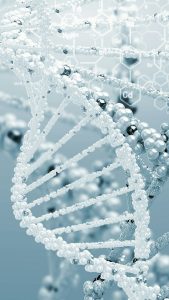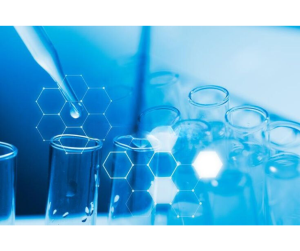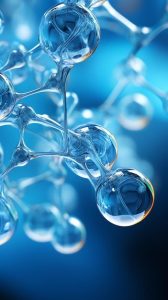The Powerful Healing Capabilities of Bioidentical FGFs and Their Potential to Increase Lifespan: A Comprehensive Overview
Bioidentical Fibroblast Growth Factors (FGFs) represent a groundbreaking advancement in regenerative medicine and the treatment of various diseases. FGFs are a family of proteins that play a crucial role in cellular growth, tissue repair, and angiogenesis (the formation of new blood vessels). Bioidentical FGFs are identical in structure to the FGFs naturally produced by the human body, making them exceptionally effective and safe for therapeutic use.
This document provides 50 examples of the powerful healing capabilities of bioidentical FGFs, including their potential to increase lifespan. The examples are categorized into applications for wound healing, tissue repair, regenerative medicine, anti-aging, neurological conditions, and the treatment of diabetes and related complications.
Wound Healing and Tissue Repair
- FGF-2 (bFGF): Accelerates wound healing in diabetic ulcers by promoting the formation of new blood vessels and collagen synthesis.
- FGF-7 (KGF): Enhances the regeneration of skin cells, improving the healing of burns and reducing scarring.
- FGF-10: Stimulates lung tissue repair after injury, potentially reducing the impact of chronic respiratory diseases.
- FGF-1: Promotes rapid healing of surgical wounds by enhancing fibroblast proliferation and collagen deposition.
- FGF-9: Encourages the repair of cartilage in joint injuries, offering potential treatment for osteoarthritis.
- FGF-18: Regenerates damaged cartilage in knee injuries, potentially delaying or preventing the need for joint replacement.
- FGF-8: Accelerates the healing of bone fractures by promoting osteoblast activity and new bone formation.
- FGF-21: Facilitates the healing of liver injuries by enhancing cell regeneration and reducing inflammation.
- FGF-19: Aids in the repair of intestinal tissue, helping to heal conditions like Crohn’s disease.
- FGF-23: Supports bone remodeling and repair, crucial for healing fractures and bone-related injuries.
Regenerative Medicine
- FGF-2 (bFGF): Stimulates stem cell proliferation, aiding in the regeneration of damaged tissues, including heart muscle after a heart attack.
- FGF-1: Promotes the regeneration of nervous tissue, offering potential treatments for spinal cord injuries.
- FGF-4: Enhances the regeneration of cardiac tissue, potentially reducing the damage from heart attacks.
- FGF-20: Supports the regeneration of dopaminergic neurons, which could help in treating Parkinson’s disease.
- FGF-9: Promotes the regeneration of liver tissue, offering potential treatment for liver cirrhosis.
- FGF-18: Regenerates hair follicles, potentially treating hair loss and promoting hair regrowth.
- FGF-10: Aids in the regeneration of pancreatic tissue, which could be beneficial in diabetes treatment.
- FGF-23: Supports kidney regeneration, potentially reducing the need for dialysis in chronic kidney disease patients.
- FGF-16: Promotes the regeneration of skeletal muscle tissue, beneficial in muscular dystrophies.
- FGF-7 (KGF): Enhances the regeneration of the gastrointestinal lining, potentially treating conditions like ulcers.
Anti-Aging and Lifespan Extension
- FGF-21: Improves metabolic health, reducing obesity and insulin resistance, which are linked to aging.
- FGF-2 (bFGF): Increases the proliferation of endothelial cells, improving blood vessel health and potentially extending lifespan.
- FGF-23: Regulates phosphate metabolism, which is crucial for bone health and longevity.
- FGF-19: Enhances lipid metabolism, reducing the risk of cardiovascular diseases that are associated with aging.
- FGF-21: Mimics the effects of caloric restriction, which is known to extend lifespan in various species.
- FGF-10: Promotes the maintenance of healthy skin and reduces the signs of aging, such as wrinkles and sagging.
- FGF-23: Maintains phosphate homeostasis, protecting against chronic kidney disease and associated lifespan reduction.
- FGF-18: Supports the regeneration of cartilage, delaying the onset of age-related conditions like osteoarthritis.
- FGF-7 (KGF): Enhances skin cell turnover, leading to a more youthful appearance and reducing age spots.
- FGF-21: Reduces inflammation and oxidative stress, which are key contributors to aging and age-related diseases.
Neurological Applications and Diseases
- FGF-2 (bFGF): Promotes the survival and regeneration of neurons, offering potential treatments for Alzheimer’s disease by slowing down neurodegeneration.
- FGF-20: Enhances the survival of dopaminergic neurons in the brain, providing a promising therapy for Parkinson’s disease.
- FGF-1: Facilitates the repair of brain tissue after stroke, reducing neurological damage and improving recovery outcomes.
- FGF-8: Supports the development and maintenance of neural circuits, potentially aiding in treatments for developmental disorders such as autism.
- FGF-4: Enhances the repair of spinal cord injuries by promoting axonal growth and neural regeneration.
- FGF-17: Plays a critical role in brain development and has potential applications in treating neurodevelopmental disorders such as schizophrenia.
- FGF-9: Promotes the regeneration of oligodendrocytes, which could help in treating multiple sclerosis by restoring myelin sheaths.
- FGF-5: Inhibits neuronal apoptosis (cell death), offering potential treatments for neurodegenerative diseases like Huntington’s disease.
- FGF-18: Encourages neural stem cell proliferation, which may be useful in treating traumatic brain injuries.
- FGF-21: Protects against cognitive decline associated with aging and metabolic disorders, potentially reducing the risk of dementia.
Diabetes and Related Conditions
- FGF-21: Improves insulin sensitivity, offering a potential treatment for type 2 diabetes by enhancing glucose metabolism.
- FGF-19: Regulates bile acid metabolism, which is crucial in managing type 2 diabetes and associated metabolic disorders.
- FGF-23: Helps manage phosphate levels in diabetic patients, reducing the risk of diabetic kidney disease and associated complications.
- FGF-7 (KGF): Promotes healing of diabetic foot ulcers by enhancing epithelial cell proliferation and reducing infection risks.
- FGF-10: Supports pancreatic β-cell regeneration, offering a potential therapy for type 1 diabetes by restoring insulin production.
- FGF-2 (bFGF): Enhances the healing of diabetic retinopathy by promoting vascular repair in the retina, reducing vision loss.
- FGF-5: Reduces the risk of diabetic neuropathy by protecting nerve cells from high glucose-induced damage.
- FGF-19: Lowers triglyceride levels and improves lipid profiles in patients with type 2 diabetes, reducing the risk of cardiovascular disease.
- FGF-21: Decreases hepatic glucose production, helping to manage blood sugar levels in type 2 diabetes.
- FGF-7 (KGF): Aids in the prevention of diabetic nephropathy by promoting the repair of kidney tissues, reducing the progression to kidney failure.
Conclusion
These 50 examples illustrate the immense potential of bioidentical FGFs in various medical applications. Whether it’s healing wounds, regenerating tissues, protecting neurological function, or managing chronic diseases like diabetes, bioidentical FGFs offer a promising pathway to improved health and extended lifespan. The development and application of bioidentical FGFs by companies like Regen Factor could revolutionize medicine, providing safer, more effective treatments for a wide range of conditions.
- Document Summary: It provides 50 examples of the powerful healing capabilities of bioidentical FGFs, including their potential to increase lifespan. The examples are categorized into applications for wound healing, tissue repair, regenerative medicine, anti-aging, neurological conditions, and the treatment of diabetes and related complications. Specific FGFs discussed include FGF-2 (bFGF), FGF-7 (KGF), FGF-10, FGF-1, FGF-9, FGF-18, FGF-8, FGF-21, FGF-19, FGF-23, FGF-4, FGF-20, FGF-16, and FGF-17.
- Key Highlights: The document emphasizes the crucial role of bioidentical FGFs in various medical applications, including wound healing, tissue repair, neuroprotection, and chronic disease management. It also discusses the potential of these FGFs in extending lifespan by improving metabolic health, reducing inflammation, and protecting against age-related diseases.






